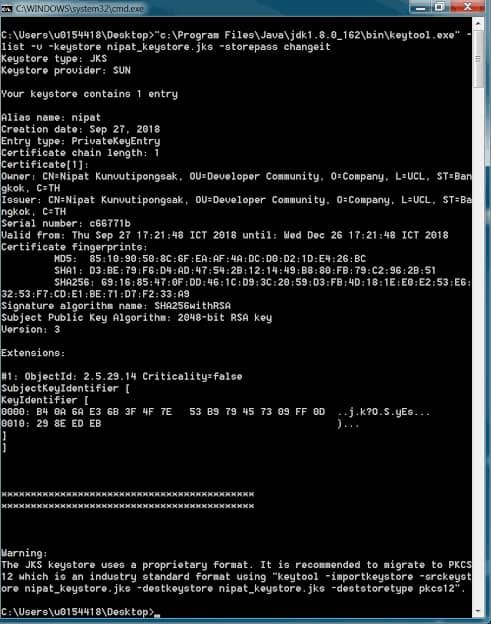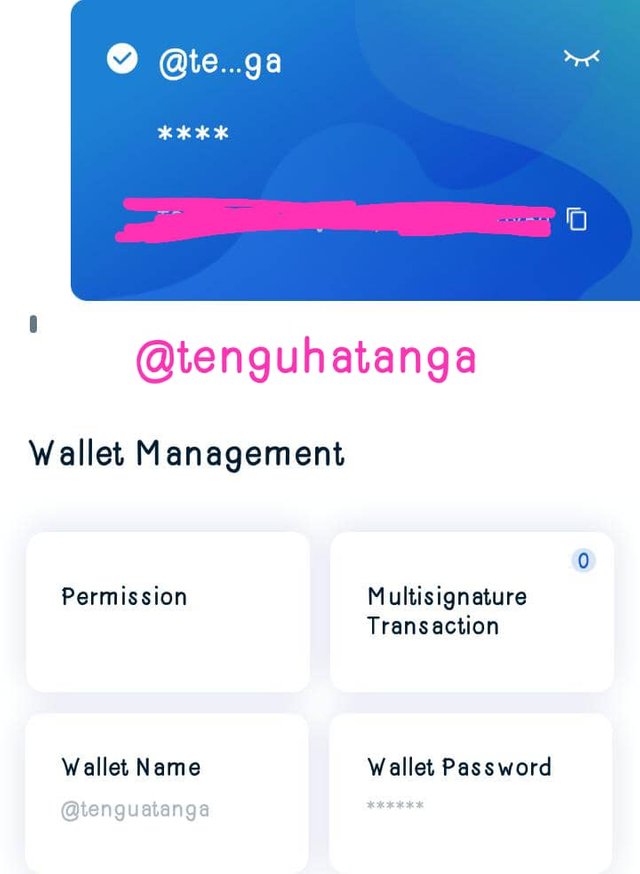
To the best of my knowledge, I shall attempt the question 1 out of the three questions.
How do you store/secure your keys? What are the different forms of Private Key(Examples/Screenshot)? Download & Install TronLink Wallet(Android/iOS/Extension)? How do you store the key(Hint- write it down on a notepad, demonstrate it with examples)? Which form of the key are you comfortable with to handle your TronLink Wallet? Include Screenshots & hide/blur the sensitive information.
Meaning of a Key in Cryptocurrency
Let me first explain what keys are and why they are important before I go into detail on how to store and safeguard keys.
A Key is a group of words, phrases, numbers, and special characters, such as ?!#$%&@, that can be only contain numbers or containing both numbers and letters and also combination of numbers and special characters and letters or words.
Keys majorly functions to provide security and access to cryptocurrency accounts and wallets.
Security stands as one of the most paramount aspects in Bitcoin and the general cryptocurrency space. This was why Proof of work consensus mechanism have a strong security base as it serves as the first consensus mechanism upon which the first cryptocurrency was built. As a result, keeping track of our keys and keeping them safe and secure is vital. The security of our keys determines the protection of our digital assets. We avoid problems by storing our keys carefully in a secure spot.
In the case that our keys are lost, we will lose access to our digital assets, money, or tokens. Effective key storage, in other words, prevents the loss of the keys themselves. The benefits of keeping our keys securely can not be said too many times. They need to be re-echoed into the ears of every digital wallet or crypto account owner. Keep keys securely stops cyber criminals, fraudsters, hackers, and even trusted friends or relatives from gaining unauthorized access to our private accounts.
In major centralized exchanges where an authority is set over the accounts, password lost can easily be created by clicking on forget password. By doing this, a code is sent to the registered email for the reseting of the password.
On the other hand, decentralized exchanges or wallets, rely exclusively on the owner to keep the account safe by keeping the keys in a safe location because all of them are given upon registration of the accounts. Once this keys are lost, the owner cannot access his assets making him lose them. This can be heartbreaking and can lead to depression in a case where the asset involved is huge.
Ways Keys can be Stored/ Secured
I am going to list a number of ways which can be used to store keys safe from any third party unauthorized access.
Keys should be kept hidden from others because they are exclusive. I never hand up my keys to anyone for whatever reason. Another thing that can be done to keep my digital assets/tokens safe is to keep them on several devices or locations.
Keys can be saved on Google Drive, OneCloud, and other Cloud Storage services. They can also be written down with hand in a notebook, journal, or diary, or formal typed in Microsoft word and printed.
Keep keys away from internet-connected devices. Keep keys on devices not connected to the internet e.g flash drive, Google drive, Microsoft word, etc.
Have a multi-signature to safeguard your account. This gives a double layer of safety for your wallets because separate keys as criteria for permission of transactions in your accounts. If a hacker just knows one of the keys and not the others, he will be unable to access my account.
The Different Forms of Keys
There are 3 major forms of keys and they are discussed as follows;
1. Private Key:
When you create a Blockchain wallet, you'll be issued a private key, which is a random string of alphanumeric letters produced using cryptographic processes.
You can use this key to unlock and spend your cryptocurrency assets.
They're used to decrypt a file or network communication, as well as to create a bitcoin wallet. They're also utilized to authorise transactions on accounts.
On the Steem blockchain for example, there are several different types of private keys that are used for different purposes. These are private posting key, private active key, private owner and private memo key that are used for different purposes on the steem blockchain

Looking closely at the keys above keys, they are so similar but they are not same and no one key can be used in place of any. Once lost, the account is lost forever.
2. Keystore File:
It is in JSON format acronym for Java Script Object Notation, which is a type of ciphertext for storing and transferring data between devices, computers, networks, and other systems.

Source
To decode information about the Keystore's Private key, it works best when combined with a password. This means that you may access the information on the Private key using the Keystore file and password, which gives you access to your wallet.
It's worth noting that the Keystore file won't protect your account by itself; it'll need to be used in conjunction with a password. It simply encrypts your Private keys, making it impossible for hackers to decipher them without your password.
You generate your own password for your wallet on your smartphone when you create it. If you have backed up your Keystore file, you can restore your wallet using the Keystore file and the password (set by you previously).
It differs from Mnemonic Key and Private Key because of this. You won't need the password to restore your wallet if you use a Private Key or a Mnemonic phrase (which you set).
3. Mnemonic Key:
This type of key is called either a seed or. pass, and seed key. This is made up of words that have been generated at random and chosen without consideration for any rules.

Seeds (words) are generated for users who successfully register. The length of the words can vary between 12 and 24 characters depending on the wallet or blockchain network.
The words are ordered sequentially or serially. This "sequential order" refers to the fact that you won't be able to access the account unless the seed numbers are entered in the correct order (in their order of appearance). Most users (including myself) find this form of Private key to be straightforward to use and remember because it is user friendly.
The mnemonic key is used in different cases, e.g recover wallets, change passwords, and generate new wallet addresses. The use of mnemonic key for the retrieval of a wallet addresses helps t9 change or display new addresses which a user can change to willingly. This is to say that when one is done using the mnemonic key to restore a wallet, one can also generate new wallet addresses.
The Process of Downloading Installing Tronlink Wallet
First step: I logged into my Steemit wallet, looked down to the Tron section, and clicked on the link there.

I was taken to a screen where I could select between Android, iOS, or Huawei Harmony OS, and I went with Android.

Second Step: I was led to the Google Play Store after clicking it, where I was requested to install the program.


Third Step: I clicked open after the installation was completed.

Fourth Step: When it first opened, I noticed some options such as "new account creation," "import account," and "cold wallet." So I went ahead and created an account.

Fifth Step: After finishing the account creation, I moved on to the following step, which was accepting the user license policy agreement.

Sixth Step: I went ahead and filled in the essential information.

Form of Key I am Comfortable with to handle my Tronlink Wallet

The mnemonic key is my preferred key for the handling of my TronLink wallet. I am completely at ease utilizing them because they are everyday terms that I can recall or remember quickly, it helps my retentive memory because I have to recall the sequential sequence all of the time. Also, they can be shorter than Private keys, for example, the TronLink Mnemonic key is only 12 words and these are short words of not more than seven words.
Conclusion
I've learned so a lot on the different types of keys and how to keep them save would help my accounts to be secured from scammers' grasp, as well as the fact that account security is solely my responsibility.
Thank you for granting me this privilege. I was able to learn some things via this task. I honestly and earnestly await your response and corrections as regards this post.
Thank you!